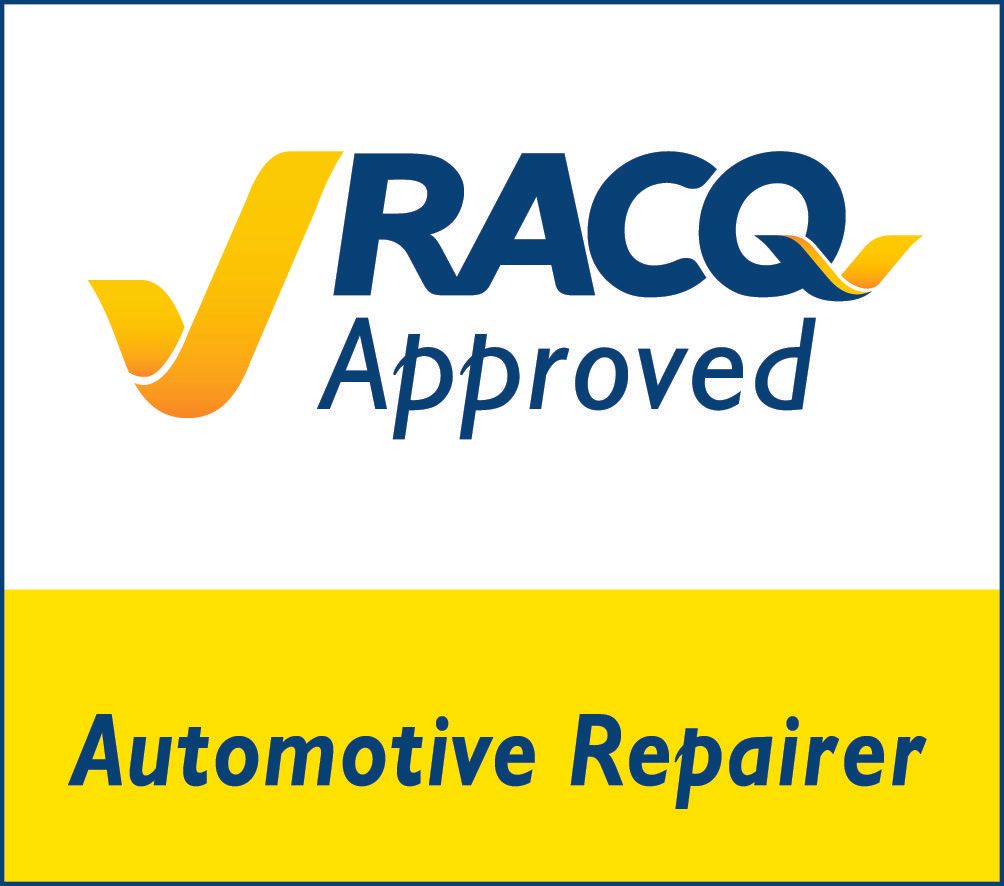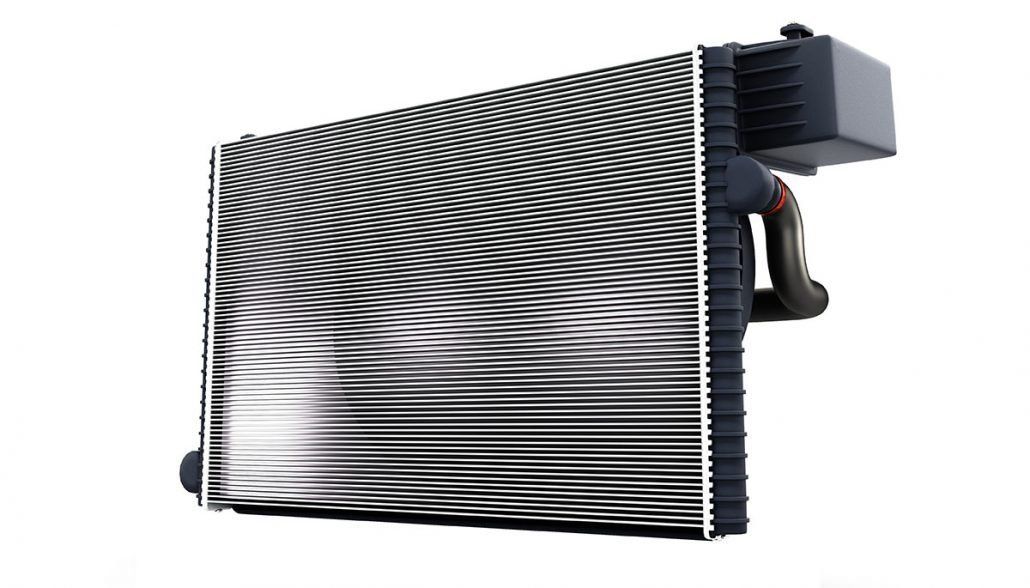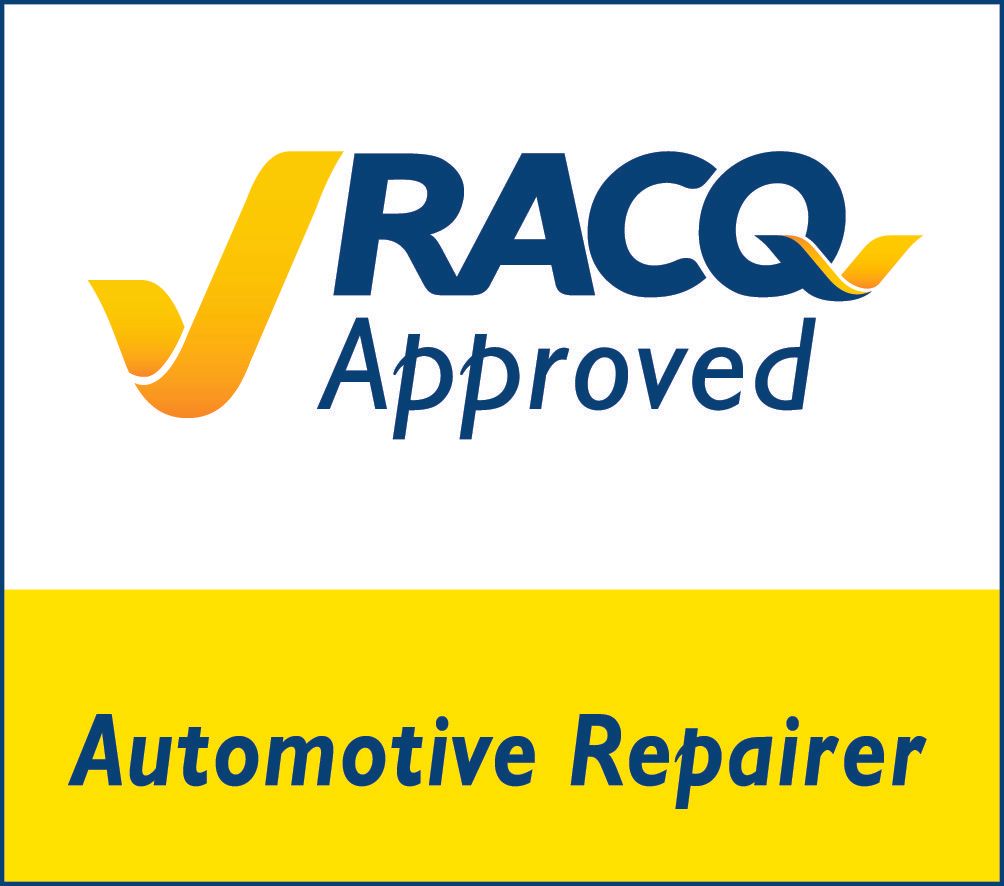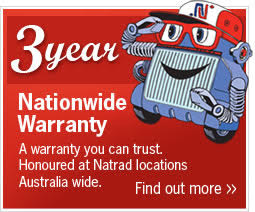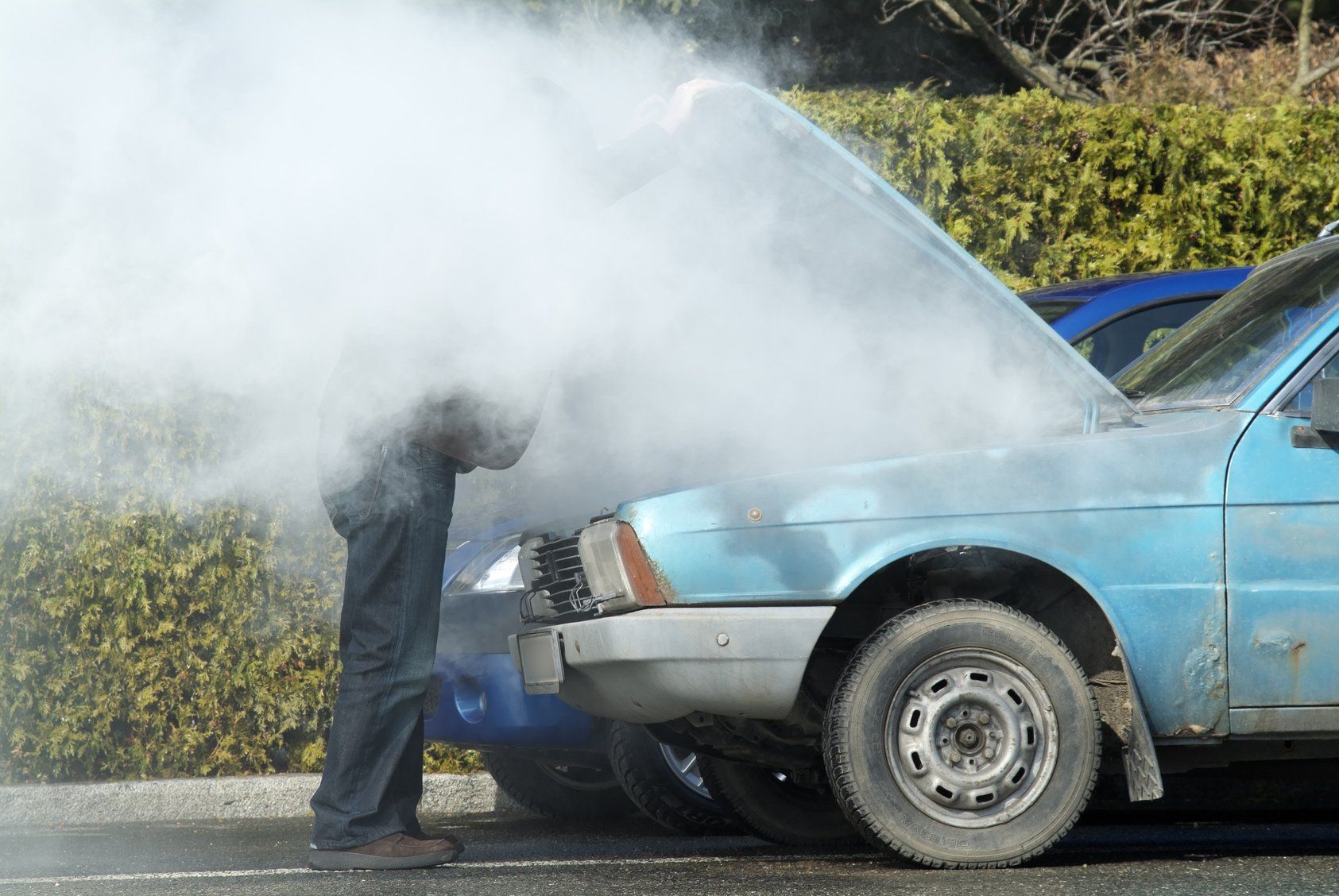
With the blistering Queensland heat causing an influx of overheating cars into our workshop we thought it would be a good time to review what you should do if your car does overheat. The video below provides helpful tips on what to do if your car does overheat.
We recommend getting your vehicle to a mechanic as soon as possible, if you have Roadside Assistance check to see if you are covered for a free tow, this is the safest way to ensure you do not do any further damage to your vehicle.
Southport Radiators and Autocare are an RACQ approved repairer and offer a free cooling system check so we can diagnose the problem for you and help advise you on how best to proceed. Trust your vehicle with the cooling system specialists and have peace of mind knowing that if we replace your radiator you are covered by a 3 year nation wide warranty.
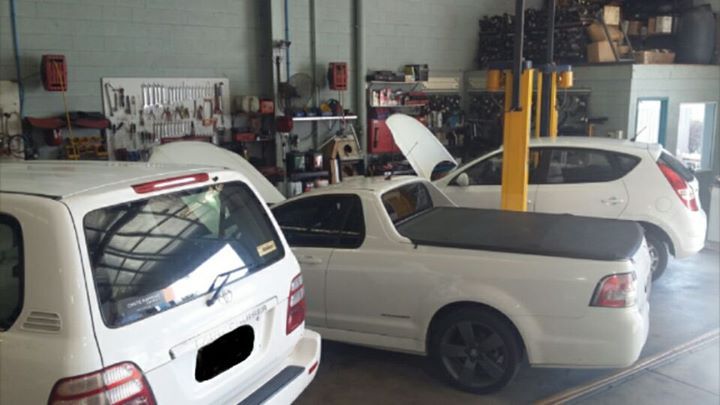
This is a rumour that seems to be debunked over and over again and yet still this myth prevails, with a CHOICE survey showing that around 50% of people believed that they had to return to the dealership for servicing and that 90% of people who have recently bought a new car return to the dealership for servicing. The Australian Competition and Consumer Commission has made it clear that there is no such obligation to have your service be performed at the dealership, however warranty work must be done with the manufacturers approved repairer (typically the dealer).
There are however, a few exceptions to be aware of, a capped price servicing deal and an extended dealer warranty will require you to return to the dealer for services, all other warranties can be carried by a qualified mechanic. There are some specifications that must be followed to avoid voiding the warranty, these include that the service be done in accordance with the manufacturer’s specifications and that suitable quality parts are used.
Many dealers will tout the benefits of genuine parts, but these parts can often be much more expensive than good quality non-genuine parts. Using non-genuine parts doesn’t void your car’s warranty but will yield the same results. The specific part that is replaced will not be covered under the manufacturer’s warranty but if there are any issues with the part that was installed you should return to the mechanic to have the issue rectified.
Servicing is essential to your car’s performance and longevity but this doesn’t mean that you should be locked into a potentially expensive servicing schedule with the dealer, as with most things shop around for the best price.
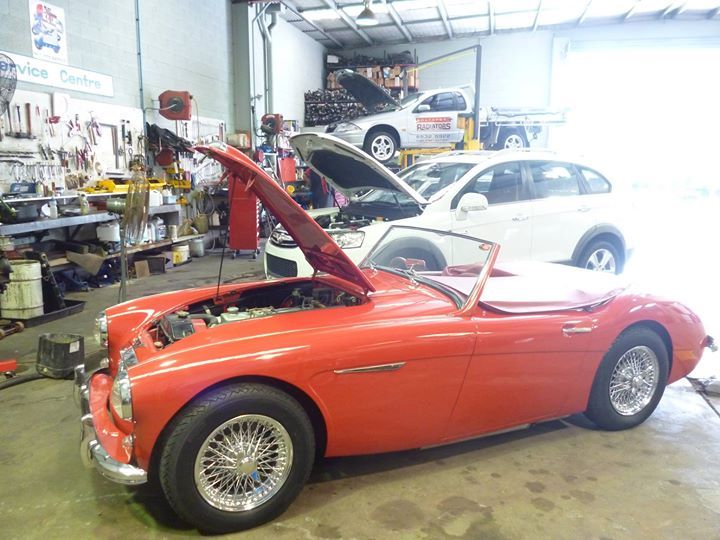
Servicing your car every six month can seem like a chore but as the old saying goes ‘an ounce of prevention is worth a pound of cure’. Stretching the time between services or out-right ignoring your scheduled services can lead to significant damages to your car as well as significant repair costs. Despite the obvious value in having your car serviced only 52% of Australians service their car at either six or twelve month intervals (according to RACQ data).
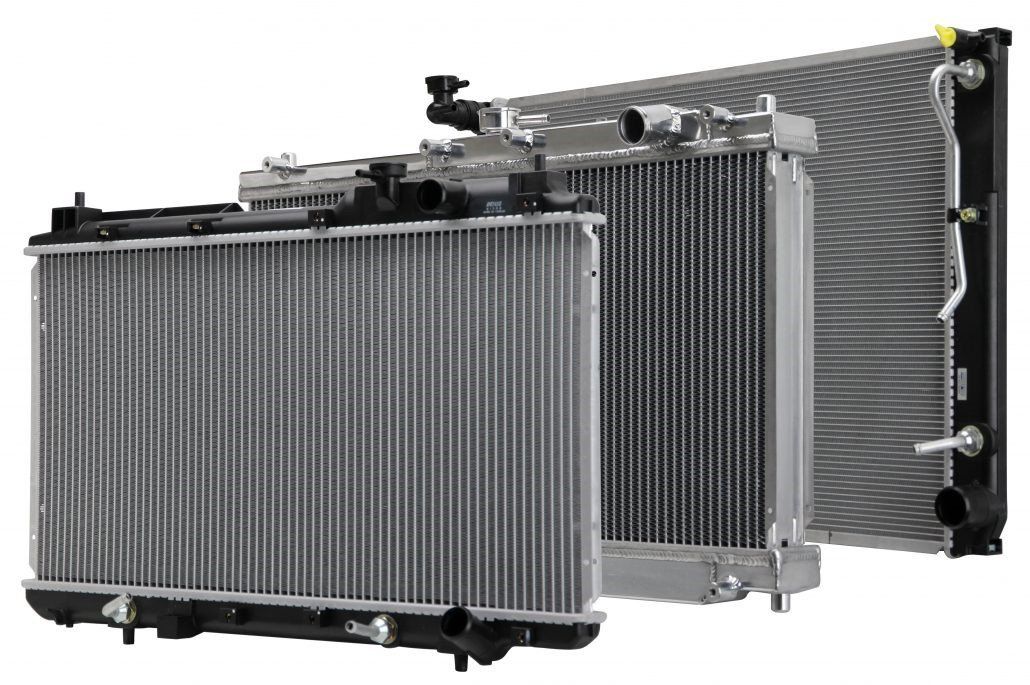
Some suppliers use cheap radiators that are prone to failure, damage your car’s engine and cost you more in the long run. Cheap radiators are manufactured using low quality grade raw materials and below standard engineering methods, which restrict your car’s cooling system performance.
Buying a cheap radiator is a bit like buying junk food for your car. Your engine and transmission is unable to perform at maximum efficiency, which can eventually lead to failure and a costly repair job. When you buy a quality radiator, you can enjoy years of trouble-free motoring and optimum performance with no hidden costs or problems.
Southport Radiators and Autocare's motor mechanic in Gold Coast supply quality products so you have peace of mind that your car’s engine will always be protected from overheating.
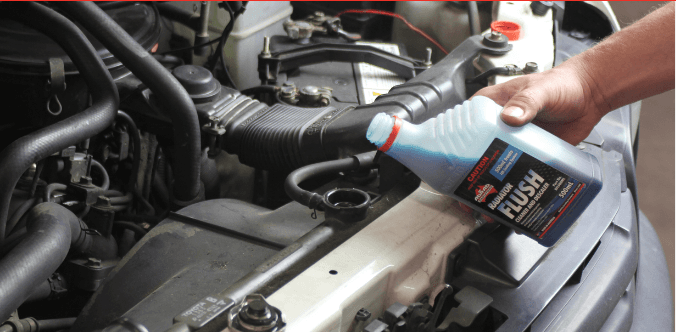
1. What is coolant, and what is its role?
Engine coolant is a formulation of chemicals that protect engine components from corrosion and cavities while providing an effective heat exchange medium to remove excess heat from the engine.
2. Can I mix coolants?
The safest answer is No. This is because it can be difficult to know: what coolant is in the engine; whether it has exceeded its service life; and if it contains depleted inhibitors or other contaminants. It is best to flush out the system and fill with new coolant.
3. Is flushing the cooling system necessary?
If we don’t flush, light scale, sediments and depleted inhibitors remain in the system, which can lead to leaks, corrosion and overheating. Flushing before filling with fresh coolant also prevents contamination from the previous coolant. Flushing is especially important when changing to an Organic Additive Technology (OAT) coolant in order to achieving the maximum benefit of this technology.
4. What product is best used for ‘top ups’?
You should top up with a premixed version of the same coolant that is already in the cooling system. If you are unsure about the coolant in your system, top up using good quality water.
5. What is ‘good quality water’?
Ideally, ‘good quality water’ is distilled water or demineralised water.
6. Why is it important to use ‘good quality water’ with Adrad concentrates?
Using good quality water ensures you do not introduce any minerals into the cooling system. Minerals can cause the build up of scale deposits.
7. Can the quality of coolant be tested?
Yes. Using chemically treated test strips can provide an indication of the concentration of the coolant and presence of inhibitors and glycol.



